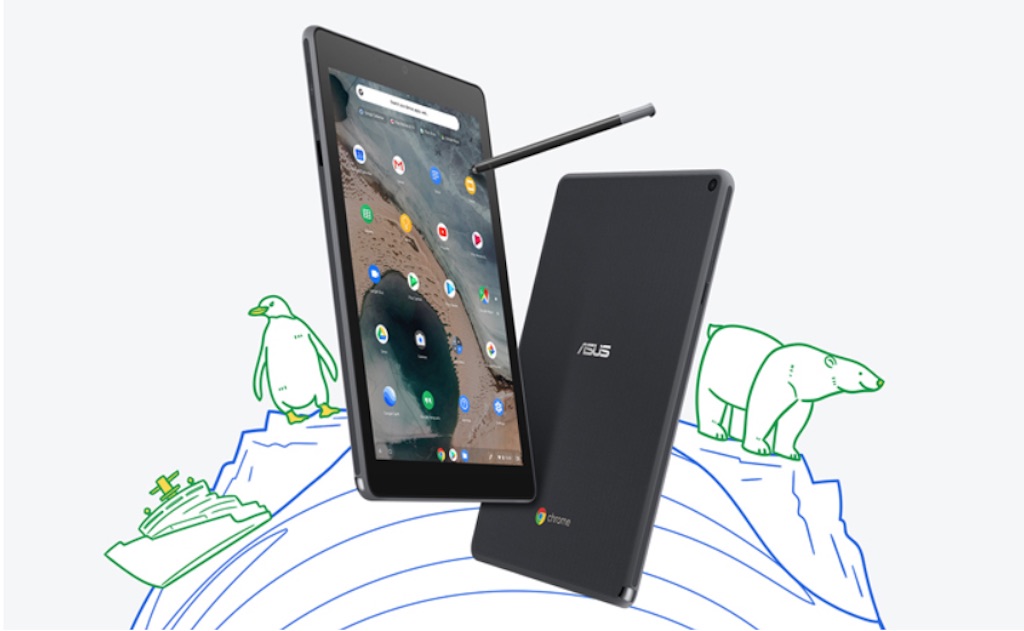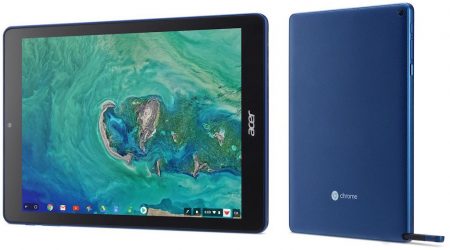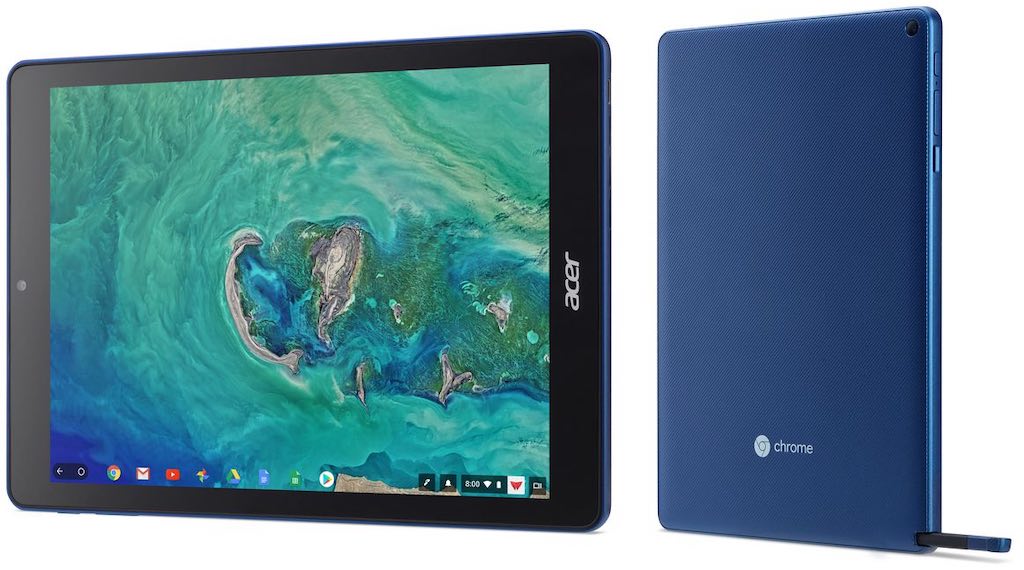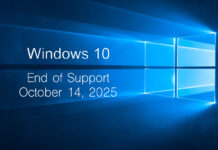
Tablets are old hat by now, and new developments are rare. At least game-changing developments are. But we saw one in 2018 with the introduction of tablets running Google’s Chrome OS instead of Android. Computer maker ASUS made a splash at CES 2019 with the introduction of some pretty sweet new laptops, but the company had another announcement that has people excited: a new Chrome tablet. The ASUS Chromebook Tablet CT100 is a rugged tablet with a beautiful high resolution screen, integrated stylus and it runs Chrome. This may just be the ultimate tablet for students.
Why the fuss over Chrome tablets?
If you think a tablet is a tablet, you probably don’t get the fuss over Chrome tablets. Up until recently, tablets came in three flavours: iPads (running Apple’s iOS), Android tablets and Windows tablets. There are all sorts of hardware variations within the various categories, but the basic capabilities of the tablet—and the apps it can run—are determined by the operating system.
 Chrome OS was developed by Google as a thin and secure operating system that relied on web-based Google apps. It was originally intended for use in affordable laptops known as Chromebooks. And Chromebooks have become a runaway success in the education market. Recently, Chromebooks gained the ability to run Android apps, another big advantage that opened up access to the millions of apps on Google Play.
Chrome OS was developed by Google as a thin and secure operating system that relied on web-based Google apps. It was originally intended for use in affordable laptops known as Chromebooks. And Chromebooks have become a runaway success in the education market. Recently, Chromebooks gained the ability to run Android apps, another big advantage that opened up access to the millions of apps on Google Play.
The idea behind Chrome tablets was to bring that same recipe of (automated) security, modest hardware requirements and ease of use, to tablets. This form factor is lighter than a laptop, better for reading, ideal for running Android apps and supports handwriting with a stylus. Students in particular would benefit, since many of them had become adept at working with Chromebooks and their use case meshes with many those tablet form factor advantages. The first Chrome tablet that I’m aware of was the Acer Chromebook Tab 10, released last spring. But the big news in the new category was Google’s Pixel Slate.
Pixel Slate
![]() The Pixel Slate was unveiled in October. It brings Chrome to a big, high performance tablet. With its 12.3-inch Molecular Display and the power to drive a 4K external display, the Pixel Slate is an impressive piece of hardware (look for a hands-on review coming soon to Plug-in from Ted Kritsonis). Optional accessories like the Pixel Slate Keyboard and Pixelbook Pen stylus can make this tablet a prosumer powerhouse. However, it’s overkill for most students. Which is why there was so much excitement around the new ASUS Chromebook Tablet CT100 as CES 2019.
The Pixel Slate was unveiled in October. It brings Chrome to a big, high performance tablet. With its 12.3-inch Molecular Display and the power to drive a 4K external display, the Pixel Slate is an impressive piece of hardware (look for a hands-on review coming soon to Plug-in from Ted Kritsonis). Optional accessories like the Pixel Slate Keyboard and Pixelbook Pen stylus can make this tablet a prosumer powerhouse. However, it’s overkill for most students. Which is why there was so much excitement around the new ASUS Chromebook Tablet CT100 as CES 2019.
ASUS Chromebook Tablet CT100
ASUS added to its Consumer Electronics Show buzz by unveiling its first Chrome tablet, the Chromebook Tablet CT100. This one is aimed squarely at students. With a 9.7-inch display it’s the perfect size for easy carrying, but the QXGA (2048 x 1536) resolution means text is going to be sharp. Images and video are vivid. It supports stylus input and a Wacom stylus is not only included, it slips inside an integrated holder on the tablet so it won’t get lost.

The Chromebook Tablet CT100 is also built to survive in a school environment. Edges and corners are protected by rubber, and it surpasses military-grade durability standards including drops, humidity, temperatures and vibration. At 568g it’s light, and ASUS employed a micro dimple finish that makes the tablet easier to hold, while also protecting against scratches and fingerprints. Battery life is rated at 10 hours, so there’s no need to lug a charger around.
With the ASUS Chromebook Tablet CT100, students can use the Chrome operating system and Google suite they’re familiar with, while enjoying access to Android apps, and taking advantage of the lighter form factor and stylus handwriting capability. Parents can enjoy the affordable price, durability and the built-in security of Chrome OS.
Keep reading Plug-in for all the latest news from CES 2019, because it’s not over yet.



